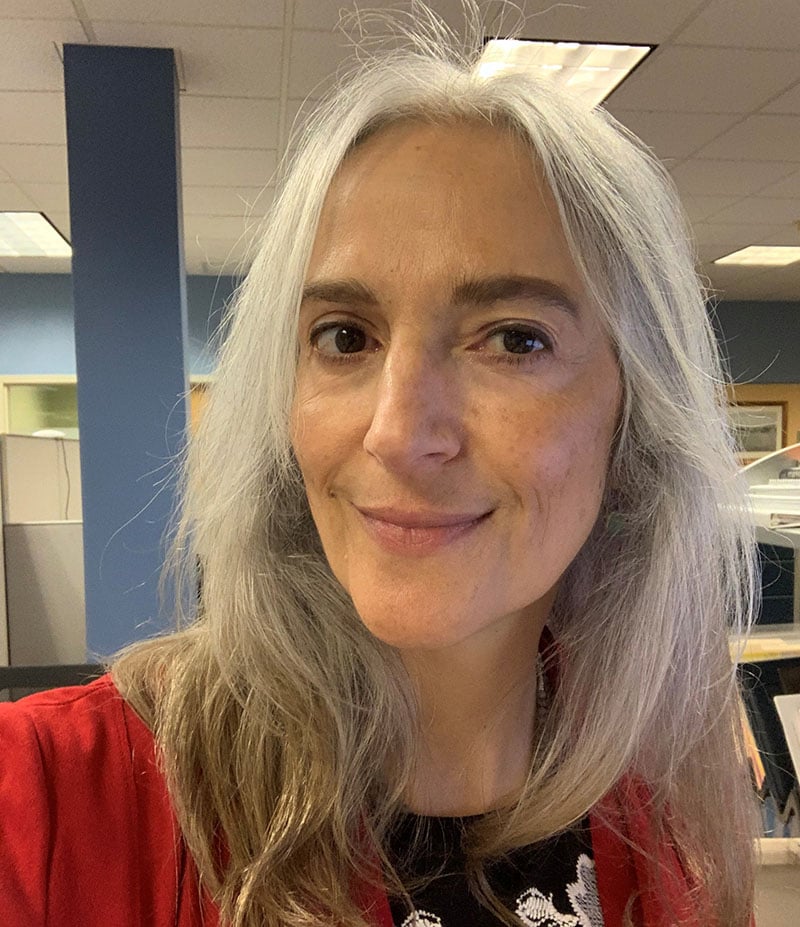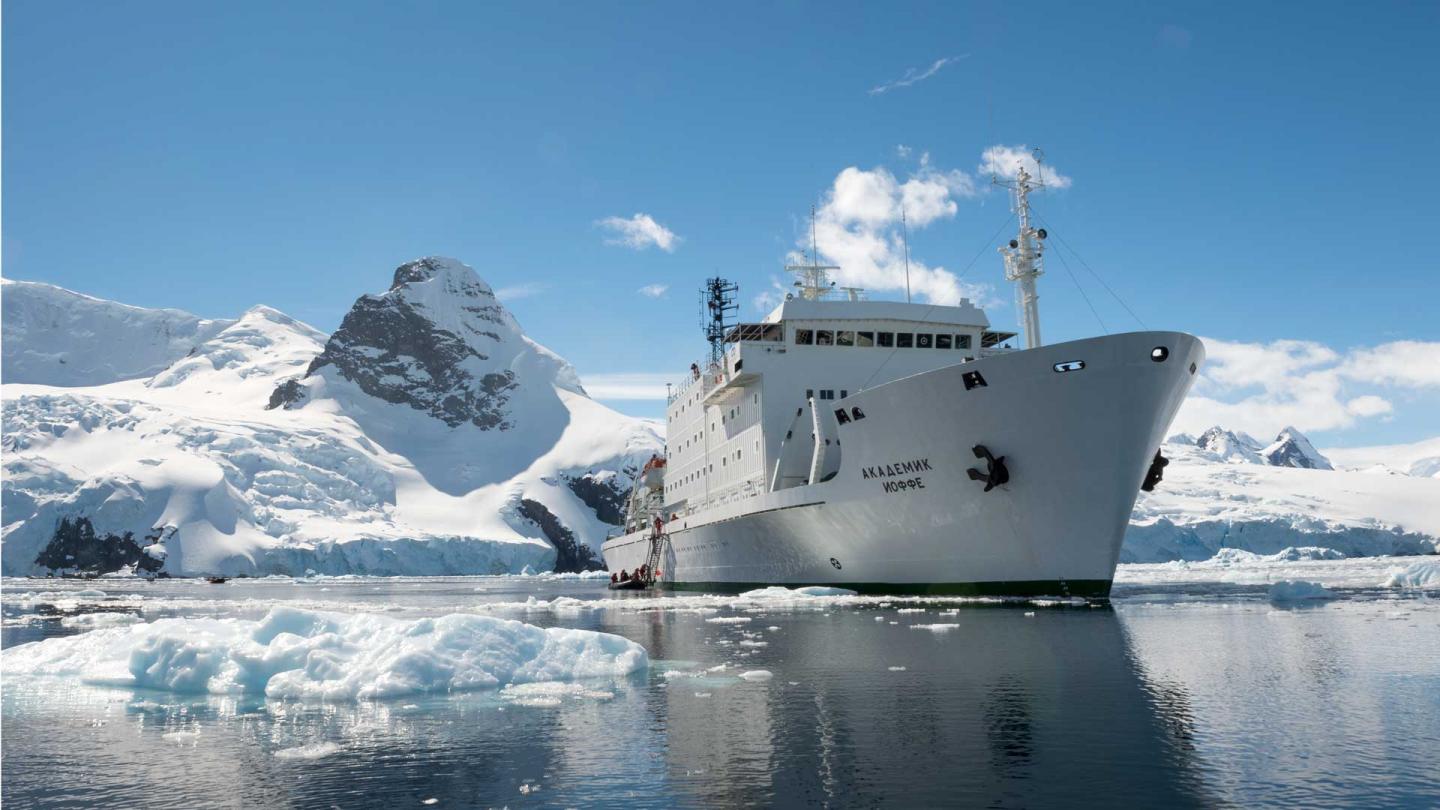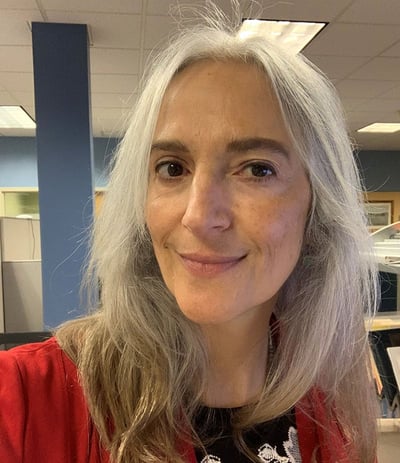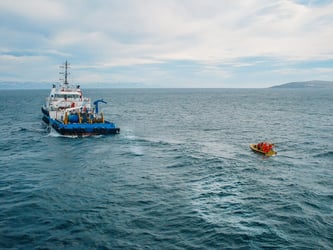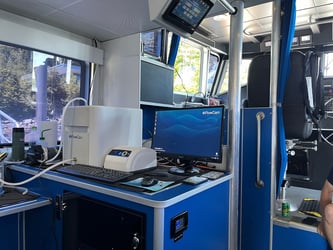One Ocean Expeditions' vessel, Akademik Loffe, took FlowCam on a 22 day cruise with a team of scientists, students, and a film crew to study the Arctic Ocean. The first-ever live broadcasts are planned for select museums, classrooms, and citizen scientists worldwide.
Pictured above: The Akademik Loffe has conducted climate change studies in the Canadian Arctic. FlowCam was aboard and used for plankton research. Credit: One Ocean Expeditions.
Onboard the Akademik Loffe, the research team will systematically gather samples of water, ice, and air to enhance scientific comprehension and record the impacts of climate change on the environment and biodiversity within the Canadian Arctic Archipelago.
The expedition's chief scientist, Dr. Brice Loose of the University of Rhode Island Graduate School of Oceanography, coordinated and led the research into the exchange of greenhouse gases between the water and atmosphere and changes in distribution and abundance of two vulnerable levels of the Arctic food web – plankton and seabirds.
Scientific research areas include:
- The physics of Arctic ocean circulation: transpolar water drift through the Canadian Arctic Archipelago (CAA)
- Chemistry of the melting Arctic and marginal seas: Water column chemistry affecting greenhouse gas fluxes
- Ecosystem surveys of Arctic habitats in transition: Distribution and abundance of zooplankton and phytoplankton
- Ecosystem surveys of Arctic habitats in transition: Distribution and abundance of seabirds
As the Arctic waters warm and the sea ice cover decreases, the Arctic surface ocean ecosystem is expected to change considerably. Habitats are changing and moving, perhaps disappearing, and species distribution and abundance may also change rapidly.
The Northwest Passage Project will periodically conduct plankton net tows in the upper water column (100m and less) to observe phytoplankton and zooplankton. The contents of the nets will be cataloged, and the organisms collected in these net tows will be counted with a laboratory bench-top FlowCam.
The FlowCam counts and images micrometer-size particles using an imaging microscope. This allows the identification and quantification of 'particles' from a sampled volume. These particles can be sediment, phytoplankton, or even zooplankton. This imaging system generates a library of images for each run and stores them for processing later.
Learn more about FlowCam for Phytoplankton and Zooplankton Research







